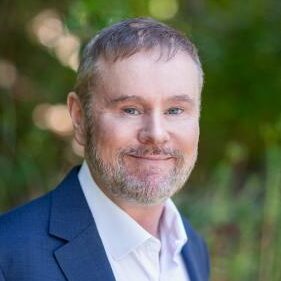Garry P. Nolan, is an esteemed American immunologist, academic, inventor, and business executive. He holds the prestigious Rachford and Carlota A. Harris Professor Endowed Chair in the Department of Pathology at Stanford University School of Medicine. Nolan has made significant contributions to the field of genetics and pathology through his extensive research, resulting in numerous medical research papers. He is also known for founding several biotechnology companies.
Nolan’s educational background includes a Bachelor of Science degree in Genetics from Cornell University, which he obtained in 1983. He further advanced his studies at Stanford University, where he earned a Ph.D. in Genetics in 1989.
Apart from his academic and research pursuits, Nolan has a notable interest in ufology and related fields. This interest was sparked by personal experiences from his childhood and later reinforced through his involvement in scientific studies related to unidentified aerial phenomena (UAP). Nolan’s work in this area includes collaboration with government officials and UFO scholars, contributing to the broader understanding of these phenomena.
Moreover, Nolan has been a pioneer in various scientific techniques, particularly in the field of cell analysis. His groundbreaking work includes the development of the CyTOF technique, revolutionizing the way cells are analyzed. His research and innovations have also led to numerous patents in the field of pathology and genetics, demonstrating his prolific contribution to scientific advancement.
In summary, Garry Nolan stands out as a multifaceted scientist who has significantly impacted both the conventional realms of medical science and the more unconventional fields of study like ufology. His career reflects a unique blend of scientific rigor, innovation, and openness to exploring the unknown.
Research into UAP
Garry Nolan’s research in the field of Unidentified Aerial Phenomena (UAP) represents a significant and unconventional aspect of his scientific work. Nolan, a renowned immunologist and geneticist at Stanford University, has applied his expertise to the study of UAPs, merging rigorous scientific inquiry with a subject often relegated to the fringes of mainstream science.
Early Interest and Personal Experiences
Nolan’s interest in UAPs was sparked by personal experiences from his childhood. He recalls witnessing what appeared to be an extraterrestrial spacecraft and encountering alien figures, experiences that left a lasting impression on him. This personal connection to the subject eventually led him to explore the field more formally as part of his scientific endeavours.
Research Involvement and Collaborations
Nolan’s foray into UAP research intensified in 2012 with his involvement in the analysis of a mummified skeleton known as “Ata,” found in Chile’s Atacama Desert. Initially rumoured to be of extraterrestrial origin due to its unusual features, Nolan’s DNA testing helped confirm that the remains were of human origin, specifically a girl with rare genetic mutations. This project opened doors for Nolan, leading to further collaborations with individuals and organizations interested in UAP research.
Contributions to UAP Research
Nolan’s work in the UAP field has been multifaceted. He has collaborated with government officials, including Jay Stratton of the Unidentified Aerial Phenomena Task Force, and with UFO scholars. He has also been involved in studying the health effects on individuals who have encountered UAPs. Notably, Nolan investigated unusual health conditions in military and government personnel, which led to the discovery of unique features in the brain’s caudate putamen region. This research contributed to the early detection of anomalous health incidents, such as those classified under the Havana Syndrome.
Impact and Recognition
Nolan’s involvement in UAP research has not been without controversy. He has faced criticism and skepticism from some in the scientific community. Despite this, he remains committed to applying rigorous scientific methods to study UAPs, arguing that dismissing potential solutions or explanations without thorough investigation is antithetical to the scientific method. Nolan’s work in this area illustrates the growing interest and gradual shift in attitudes within both the scientific community and the government regarding the study of UAPs.
